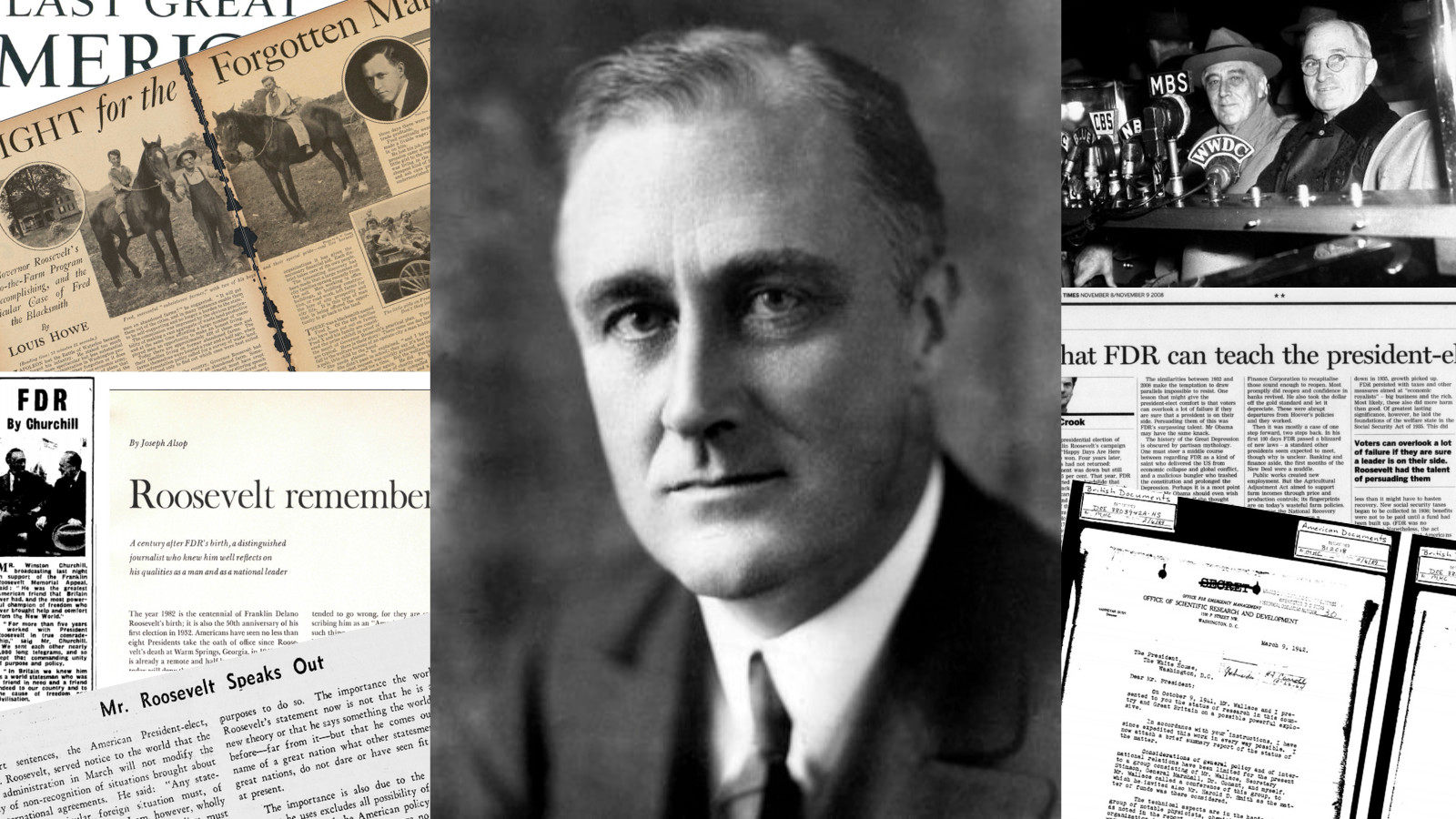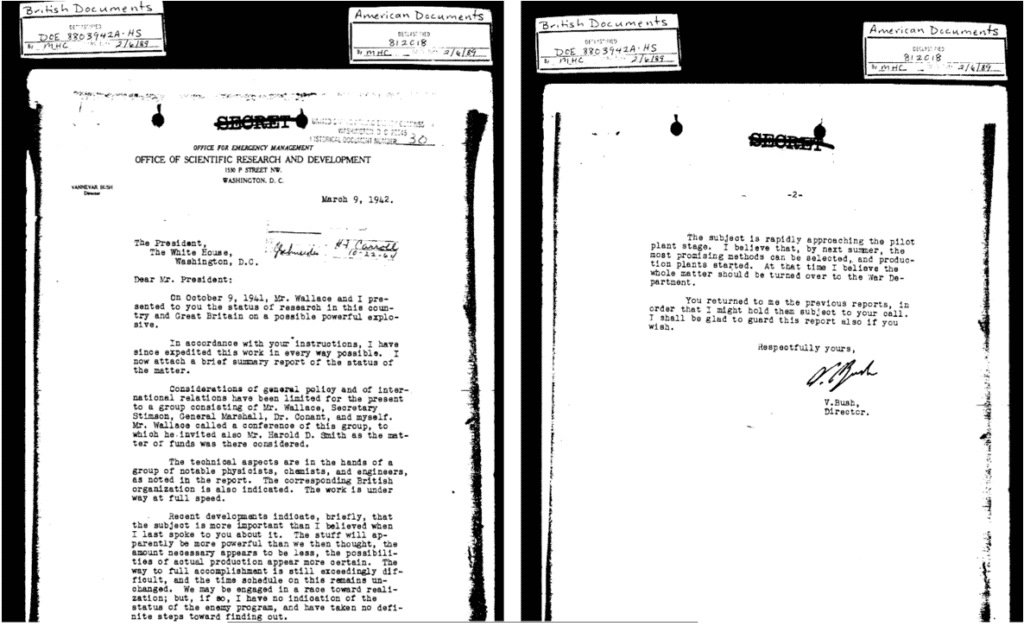│By Tom English, Gale Field Sales Executive – North UK │
I recently enjoyed reading three excellent books on Franklin Delano Roosevelt (FDR), 32nd President of the United States: Jean Edward Smith’s single-volume biography, FDR, which provides an excellent overview of his life and presidency; David B. Woolner’s The Last 100 Days: FDR at War and at Peace, which gives an incisive and detailed account of the final days of his life, including negotiations with Stalin and Churchill at Yalta and his fight to the end to build international institutions to prevent future wars; and Susan Dunn’s A Blueprint for War: FDR and the Hundred Days that Mobilized America, which tells the story of how FDR outmanoeuvred those who opposed America’s support for Britain and Russia in WWII.
Having thoroughly enjoyed the secondary sources on FDR, I thought that I’d delve into Gale Primary Sources to see what’s there…
FDR in Gale Primary Sources
Searches for FDR and other variations (taking care to exclude cousin Teddy!) gave me a mass of content to look at within the twentieth century. As expected, a significant proportion of the material came from Gale’s Historical Newspaper collections, including the International Herald Tribune, the Telegraph, the Daily Mail and the Economist historical archives – to name a few. However, the diversity of collections within which I found relevant material on FDR was particularly interesting: Gale’s Archives of Sexuality and Gender, Political Extremism and Radicalism in the Twentieth Century, China and the Modern World, American Civil Liberties Union Papers, 1912-1990, and U.S. Supreme Court Records and Briefs all provided interesting sources as well.
This diversity of primary source content is particularly useful to researchers looking for new angles and new ways of seeing their subject, as it enables them to challenge the historiography and, ultimately, create new knowledge. Besides the content itself, the platforms through which the content is accessed play a crucial role in the research process.
Needles in the Haystack
With such a mass of material available on FDR in Gale Primary Sources, I was interested to see how effective the platform itself would be as a tool in narrowing my search. My first port of call was to look for a piece written by FDR’s close advisor and confidant, Louis Howe, which was published in Liberty magazine in the run-up to the 1932 election. Howe’s article, ‘The Fight for the Forgotten Man,’ laid out FDR’s vision and paved the way for the New Deal. As usual, the platform didn’t let me down; I found the article without even needing to use the advanced search.

A few highlights of the articles I picked out relating to FDR are shown below, including a piece from the Smithsonian magazine on George C. Marshall – one of FDR’s most important allies during WWII, and an account of Winston Churchill’s praise for FDR in the Daily Mail. A more recent commentator in the Financial Times even suggested that Barack Obama could learn from FDR’s political skill!


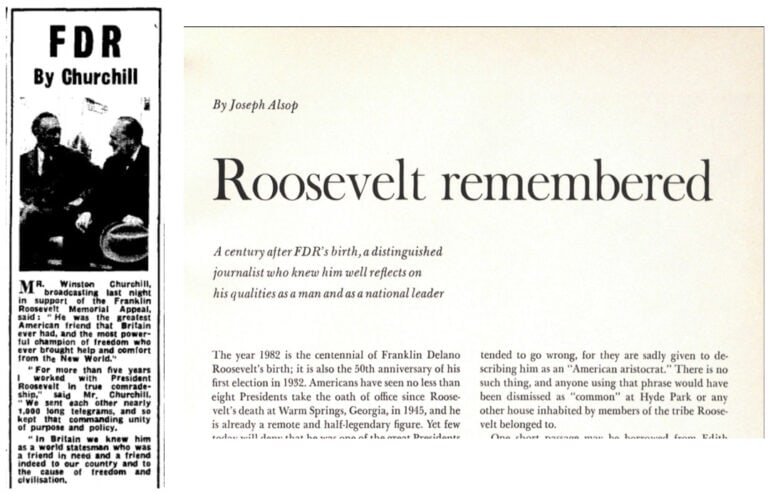
Right Alsop, Joseph. “Roosevelt Remembered.” Smithsonian, Jan. 1982, p. 39+. Smithsonian Collections Online, https://link.gale.com/apps/doc/BUWYQQ425720359/GDCS?u=webdemo&sid=GDCS&xid=5658def6


FDR in Pictures
Besides the written material on FDR, I also found some excellent photographs within Associated Press Collections Online (News Features & Internal Communications Image Collection), which offer insight into different aspects of his life. FDR loved being at sea and famously found inspiration for the Lend-Lease policy, which enabled America’s support of Britain and Russia in WWII, while relaxing on a cruise.
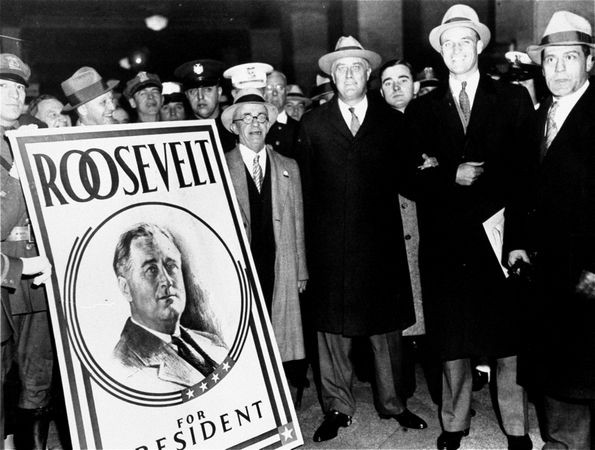


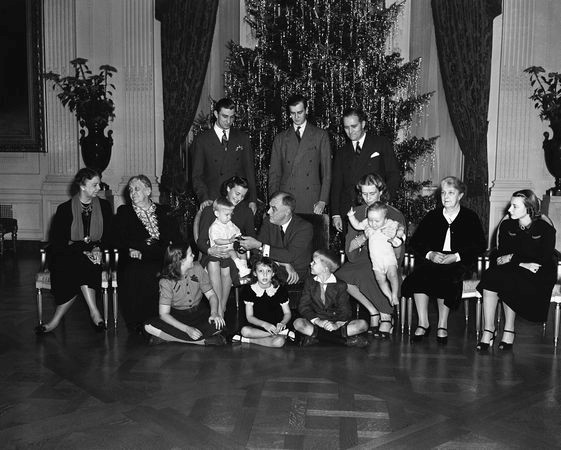
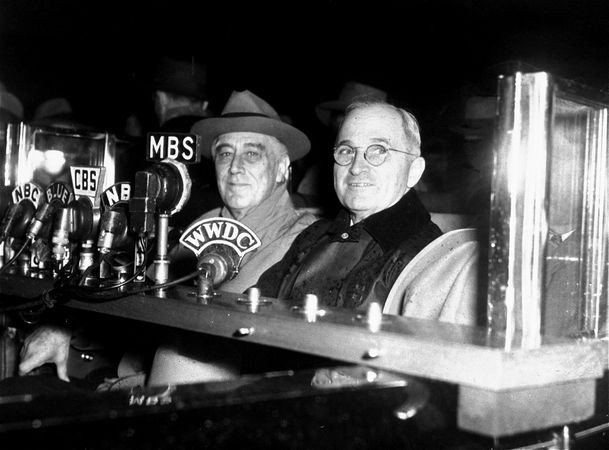
“FDR Campaign for Fourth Term.” News Features & Internal Communications Image Collection, Primary Source Media, 1944. Associated Press Collections Online, https://link.gale.com/apps/doc/MRIXBL830331311/GDCS?u=webdemo&sid=GDCS&xid=36a135f0
FDR in the Gale Digital Scholar Lab
The sheer volume of material relating to FDR in Gale Primary Sources lends itself well to distant reading and macro analysis with the Gale Digital Scholar Lab. I was interested in British newspaper coverage relating to Lend-Lease, so created a corpus based on that and then ran the Topic Modelling tool.
Having appropriately named the topics that the Topic Modelling tool identified, I then looked at Topic Proportion which shows the proportion of each topic within individual documents. This is an excellent way of getting an overview of individual documents and their particular focuses within the corpus. It also allows users to open individual documents for a closer look at both the document image and the OCR text.

Building Blocks and Tools for New Knowledge
Following my secondary source reading on FDR, I was hoping to find some interesting material in Gale Primary Sources. I wasn’t disappointed. There is a welter of material, within a wide range of archival collections, relating to FDR’s life and legacy that can be sifted through and sorted in a matter of minutes to glean new insights. As one of the most significant figures of the twentieth century, FDR has been studied and researched extensively for decades. However, with the volume and diversity of content in Gale Primary Sources, and the tools within Gale Digital Scholar Lab, I’m confident that researchers at all levels can make new discoveries relating to the man who was sometimes called the sphinx.
Blog post cover image citation: “FDR, 1933.” News Features & Internal Communications Image Collection, Primary Source Media, 1933. Associated Press Collections Online, https://link.gale.com/apps/doc/BXPBQK542645505/GDCS?u=webdemo&sid=GDCS&xid=b4b8fd59 mixed with a montage of images from this blog post.

